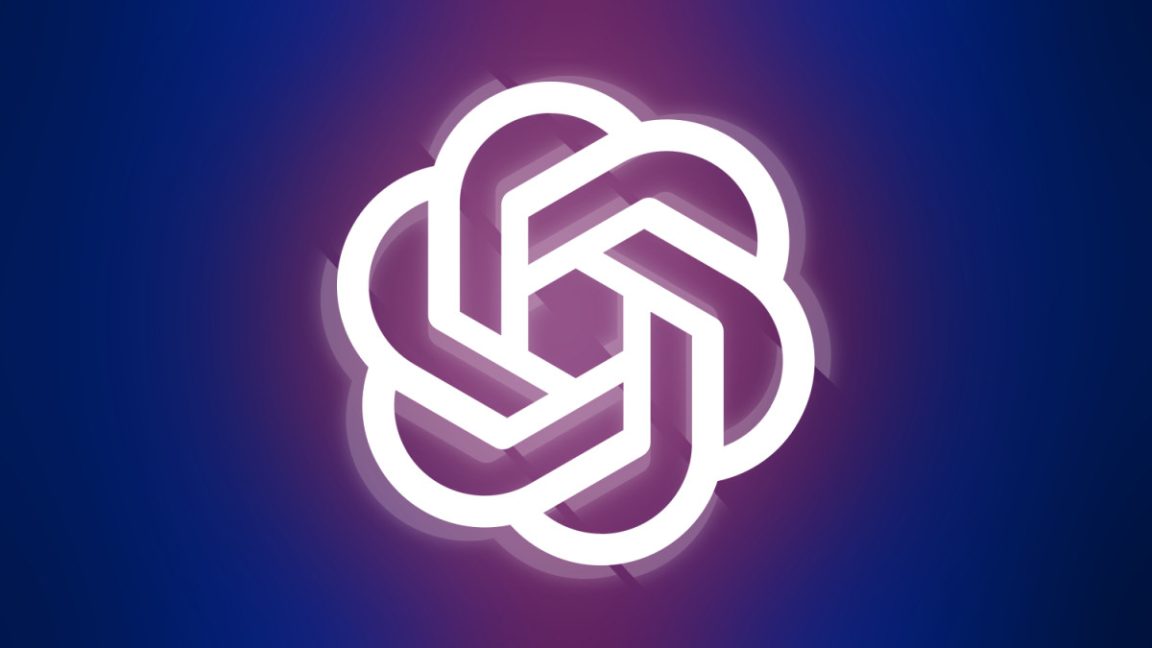OpenAI has released a blog post titled “Helping people when they need it most,” outlining how ChatGPT handles mental health crises. The company frames the piece as addressing “recent heartbreaking cases” while facing scrutiny over how the system responds in acute situations.
The timing follows coverage of a lawsuit in which Matt and Maria Raine allege their 16-year-old son Adam died by suicide after extensive interactions with ChatGPT. The plaintiffs claim the chatbot provided detailed means of self-harm and discouraged seeking help from family, even as the OpenAI system flagged hundreds of self-harm messages without intervening.
OpenAI describes ChatGPT as a pipeline of multiple models, including a main AI engine and an invisible moderation layer that scans conversations and can cut off harmful dialogue. The post notes that OpenAI eased some content safeguards in February after critics argued that moderation was overly restrictive in contexts outside pure safety concerns. The company has argued that changes can have wide effects given the platform’s hundreds of millions of users.
Critics say the blog’s language anthropomorphizes the technology, portraying ChatGPT as capable of recognizing distress and offering empathy. Such framing, they argue, can obscure the reality that these are statistical outputs from machine learning models rather than human-like understanding.
In response to safety concerns, OpenAI says it plans ongoing refinements, including parental controls and a pathway to connect users with certified therapists through ChatGPT. The company has described GPT-5 as reducing non-ideal responses in mental health emergencies, but critics warn that long, back-and-forth chats can erode safeguards and intensify the risks for vulnerable users.















![[AS2716] Universidade Federal do Rio Grande do Sul](https://r2.isp.tools/images/asn/2716/logo/image_100px.png)
![[AS52888] UNIVERSIDADE FEDERAL DE SAO CARLOS (4 probes)](https://r2.isp.tools/images/asn/52888/logo/image_100px.png)
